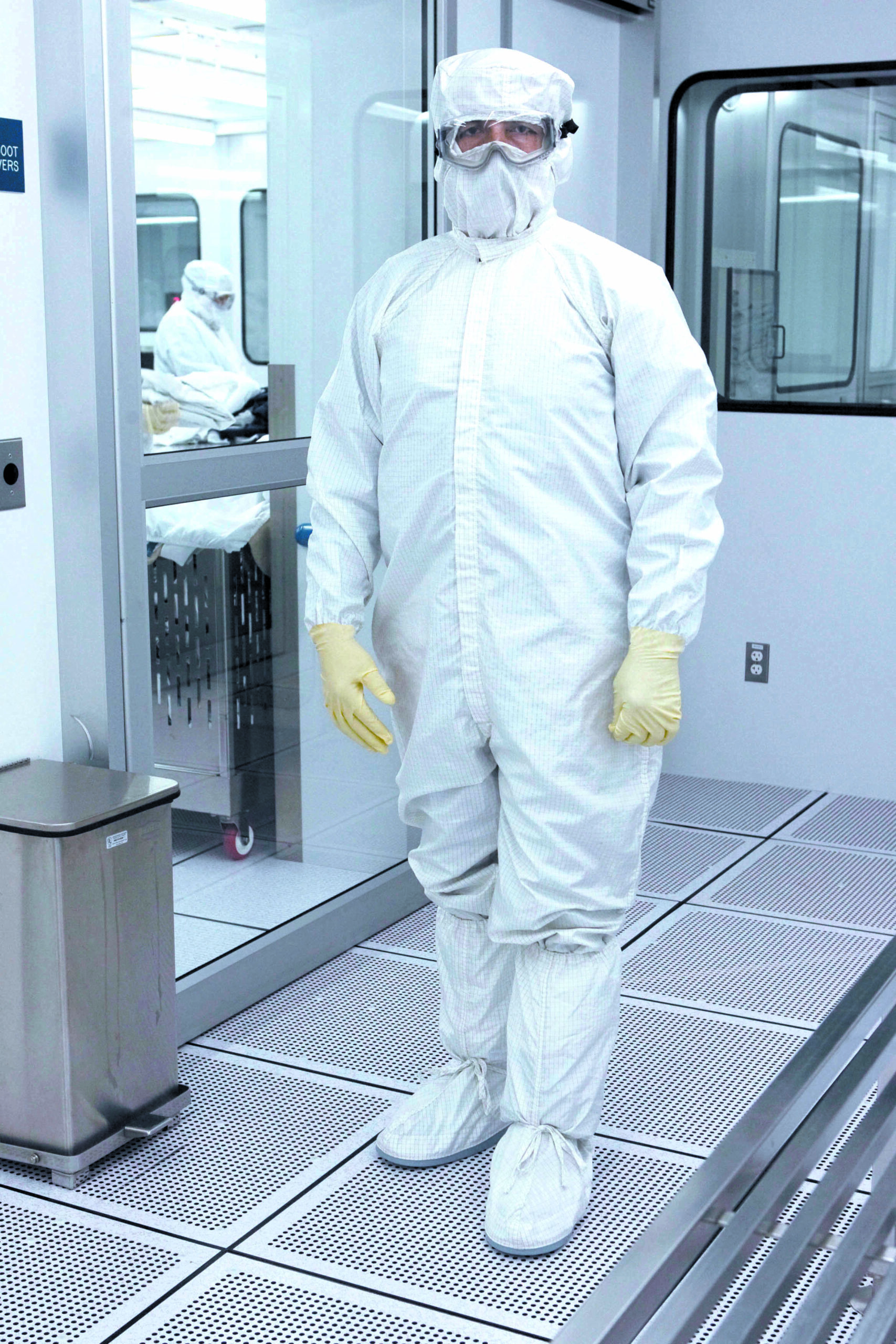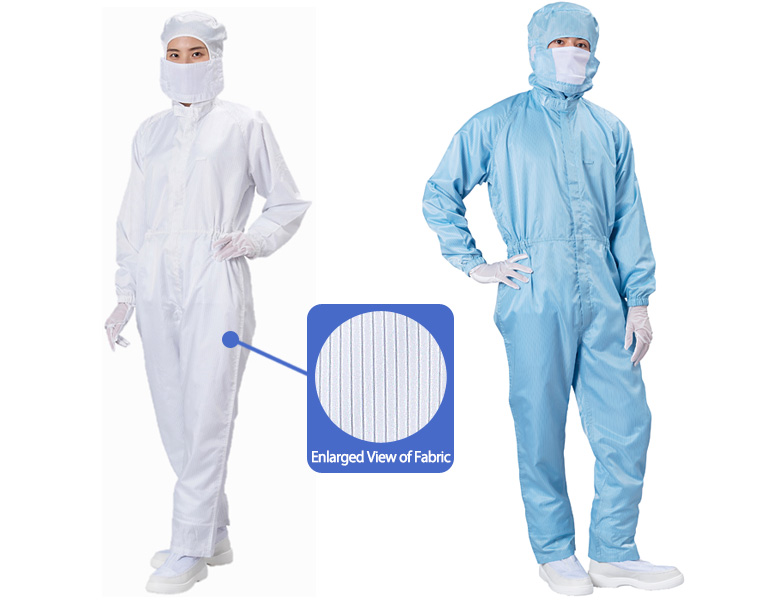DA NANG: 126 Dien Bien Phu, Thanh Khe, Da Nang
HO CHI MINH: 140 Vo Van Kiet, District 1, Ho Chi Minh
DA NANG: 126 Dien Bien Phu, Thanh Khe, Da Nang
HO CHI MINH: 140 Vo Van Kiet, District 1, Ho Chi Minh
A Cleanroom Suit is a protective garment designed to prevent particle contamination and control static, ensuring maximum cleanliness and safety in controlled environments such as cleanrooms, labs, and electronics manufacturing.
In modern industries such as electronics, pharmaceuticals, biotechnology, aerospace, and medical devices, maintaining a clean and controlled environment is critical. Even the smallest particles, fibers, or microorganisms can compromise product quality, safety, and compliance. One of the most effective ways to minimize contamination risks is through the use of cleanroom suits.
Cleanroom suits, also known as coveralls or bunny suits, are specially designed garments that protect both the cleanroom environment and the wearer. By preventing particles, lint, and static charges from escaping into sensitive areas, they play a vital role in ensuring compliance with international cleanroom standards such as ISO 14644.
This article explores the features, benefits, applications, and best practices of cleanroom suits to help businesses choose the right apparel for their facilities.
A cleanroom suit is a full-body garment designed to cover workers from head to ankle, sometimes paired with accessories like hoods, gloves, masks, and boot covers. These suits are manufactured from low-linting, anti-static, and breathable fabrics to ensure maximum protection against contamination.
Unlike regular protective clothing, cleanroom suits undergo specialized processing and packaging to meet strict cleanroom cleanliness levels.

Cleanroom suits are typically made from polyester or polypropylene fabrics woven with carbon fiber filaments to provide both particle control and electrostatic discharge (ESD) protection.
They are designed to cover the entire body, minimizing skin shedding and fiber release. Some models come with attached hoods and boot covers for maximum protection.
Specialized stitching and concealed zippers prevent particles from leaking through garment seams.
High-quality cleanroom suits meet industry standards for cleanliness, static control, and contamination prevention.

The primary function of cleanroom suits is to prevent human-borne contamination. Workers naturally shed skin cells, hair, and fibers—cleanroom suits keep these particles from entering the controlled environment.
Many cleanroom suits incorporate ESD-safe fabrics, preventing static discharge that can damage sensitive electronics and semiconductors.
Modern cleanroom suits are lightweight, breathable, and ergonomically designed, ensuring comfort during long working hours.
Industries such as pharmaceuticals and medical devices must comply with strict cleanliness standards. Cleanroom suits help meet these requirements and reduce audit risks.
Using cleanroom suits reduces product defects, contamination-related downtime, and costly rework.
Cleanroom suits are widely used in industries where contamination and electrostatic discharge are critical concerns:
In many facilities, cleanroom suits are used in combination with ESD shoes and ESD shoe covers to ensure complete static control and cleanliness.

While both provide worker protection, there are significant differences:
This makes cleanroom suits essential in highly regulated and particle-sensitive industries.
When selecting cleanroom suits, businesses should consider:
For best results, cleanroom suits should be paired with other protective apparel like ESD gloves and face masks to create a complete contamination control system.
Cleanroom suits are an indispensable part of contamination control and static protection in industries where precision and cleanliness are non-negotiable. By covering the entire body and preventing particle release, they ensure product safety, regulatory compliance, and operational efficiency.
Whether disposable or reusable, cleanroom suits are a critical investment for any facility operating in electronics, pharmaceuticals, semiconductors, aerospace, or medical device manufacturing.
When combined with complementary equipment like ESD shoes, ESD shoe covers, and ESD gloves, they form a robust contamination and ESD protection system that safeguards both workers and products.
Antistatic Clothing
Antistatic Clothing
Antistatic Clothing
Antistatic Clothing
Antistatic Clothing
Antistatic Clothing
Antistatic Clothing
Antistatic Clothing
Reviews
There are no reviews yet.